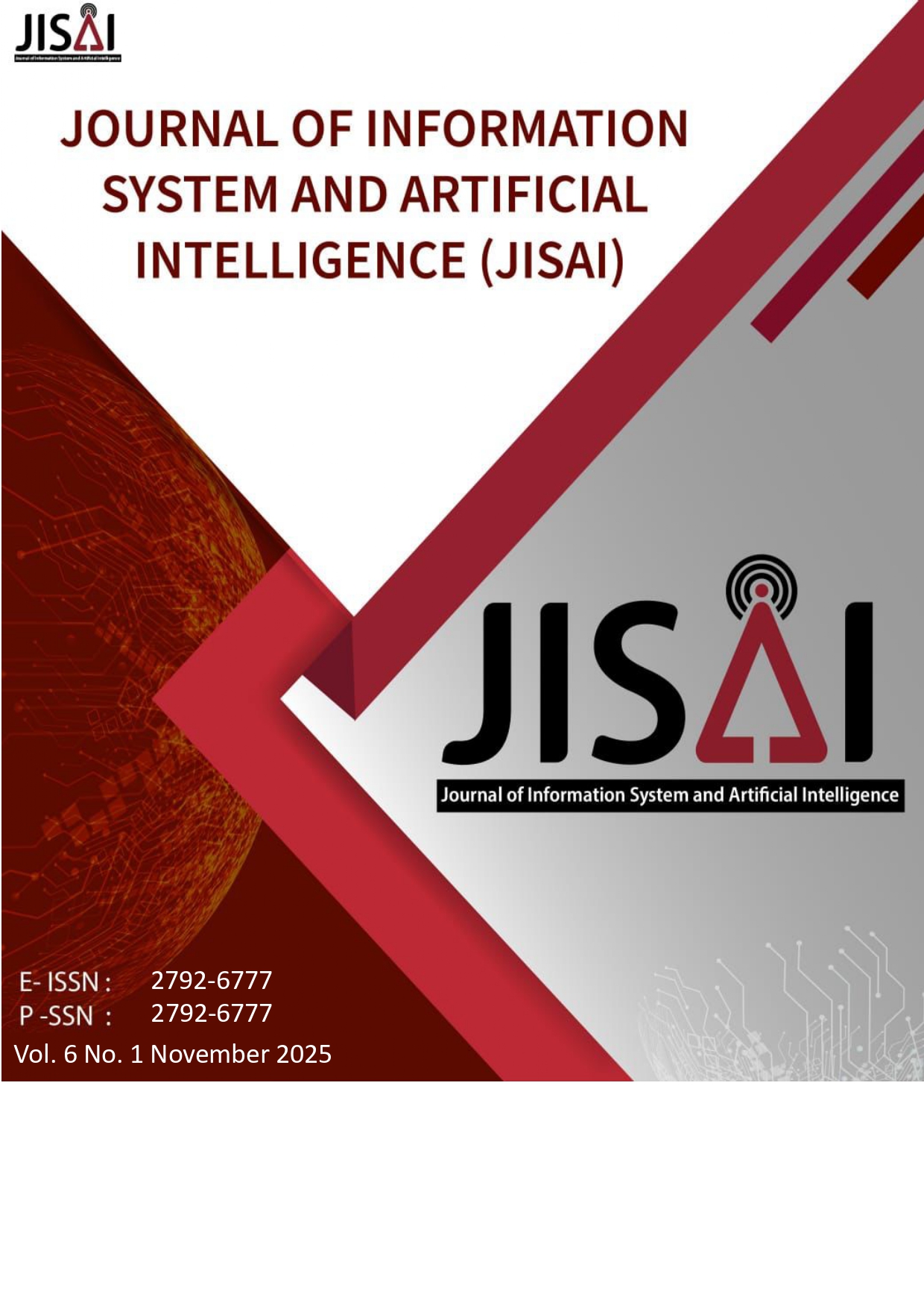Implementation of a lecturer agenda management application using the scrum method at UIN Jurai Siwo Lampung
Main Article Content
Abstract
Lecturers at UIN Jurai Siwo Lampung faced significant challenges in schedule management due to the lack of a centralized system, leading to frequent agenda conflicts and coordination inefficiencies. This research aimed to develop a functional agenda management application and evaluate the effectiveness of the Scrum method in this context. The software development process utilized the Scrum framework, emphasizing iterative sprints to adaptively handle changing user requirements. The results showed that the developed application successfully minimized scheduling overlaps through automated conflict detection features. Additionally, the Scrum method proved effective in accelerating the development cycle and ensuring the product met specific user needs. This study contributes a practical solution for enhancing academic productivity and offers empirical insights into implementing Agile methodologies within educational institutions.
Article Details
References
[2] I. Made Budi Adnyana, “Implementasi Algoritma Genetika untuk Penjadwalan Asisten Dosen di STIKOM Bali,” Jurnal Sistem dan Informatika, vol. 12, no. 2, pp. 166–173, 2018.
[3] J. F. Widjojo, E. Rusdianto, F. Kartika, and S. Dewi, “Pembangunan Sistem Manajemen Proyek pada Perusahaan Konstruksi Bangunan Berbasis Website,” Jurnal Informatika Atma Jogja, vol. 1, no. 1, pp. 60–70, 2020.
[4] W. Krisna, H. J. Muhammad, and D. Puspitaningrum, “Penggunaan Digital Signature Untuk Absensi Pada Universitas Muhammadiyah Purworejo Menggunakan Metode Scrum,” Jurnal Masyarakat Informatika Unjani, vol. 6, no. 1, pp. 34–47, 2022, doi: 10.37396/jsc.v5i1.188.
[5] S. Pratama, S. Ibrahim, and M. A. Reybaharsyah, “Jurnal Penggunaan Metode Scrum Dalam Membentuk Sistem Informasi Penyimpanan Gudang Berbasis Web,” Informatika dan Teknologi (Intech), vol. 3, no. 1, pp. 27–35, 2022, doi: 10.54895/intech.v3i1.1192.
[6] V. Hema, S. Thota, S. Naresh Kumar, C. Padmaja, C. B. Rama Krishna, and K. Mahender, “Scrum: An Effective Software Development Agile Tool,” IOP Conf Ser Mater Sci Eng, vol. 981, no. 2, 2020, doi: 10.1088/1757-899X/981/2/022060.
[7] T. Karabiyik, A. Jaiswal, P. Thomas, and A. J. Magana, “Understanding the Interactions Between the Scrum Master and The Development Team: A Game-Theoretic Approach,” Mathematics, vol. 8, no. 9, pp. 1–21, 2020, doi: 10.3390/math8091553.
[8] M. Rizky and Y. Sugiarti, “Pengunaan Metode Scrum Dalam Pengembangan Perangkat Lunak: Literature Review,” Journal of Computer Science and Engineering (JCSE), vol. 3, no. 1, pp. 41– 48, 2022, doi: 10.36596/jcse.v3i1.353.
[9] A. I. Ramdhani, Z. M. Subekti, and M. D. Suryadi, “Rancang Bangun Aplikasi Inventory Logistik Berbasis Website Menggunakan Metode Scrum,” J-SISKO TECH (Jurnal Teknologi Sistem Informasi dan Sistem Komputer TGD), vol. 5, no. 2, p. 161, 2022, doi: 10.53513/jsk.v5i2.5681.
[10] Akhtar Ali Junejo and Sajida Memon, “Case Study on Evolution Performance of Agile Scrum Software Development Life Cycle for Shopping Cart Applications,” World Journal of Advanced Engineering Technology and Sciences, vol. 10, no. 1, pp. 085–090, 2023, doi: 10.30574/wjaets.2023.10.1.0254.
[11] Anita Wulansari, D. S. Y. Kartika, Agussalim, S. F. A. Wati, E. M. Safitri, and A. S. Fitri, “E- commerce Website Development Using Scrum Methods on Small Business,” Ijconsist Journals, vol. 3, no. 2, pp. 8–12, 2022, doi: 10.33005/ijconsist.v3i2.69.
[12] M. S. Anggreainy, A. P. Sulaiman, C. Mathew, and K. E. Tirta, “Tasks Management: Approach to Problem Solving and its Relation to the Scrum and Agile Software Development Method,” Jurnal Ilmiah Komputasi, vol. 20, no. 4, pp. 593–600, 2021, doi: 10.32409/jikstik.20.4.2871.

